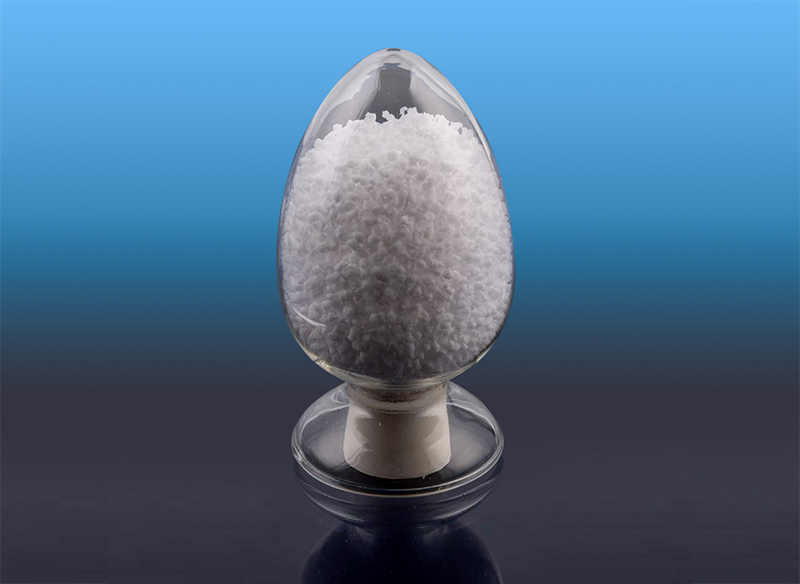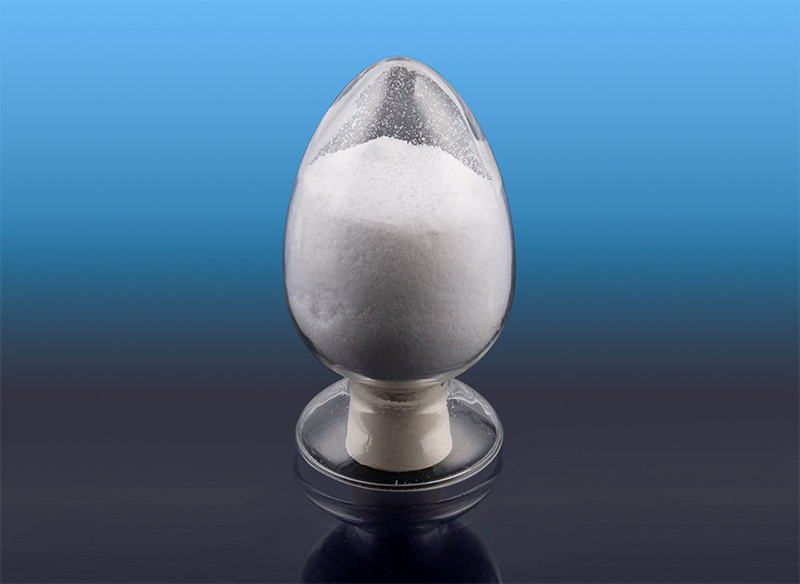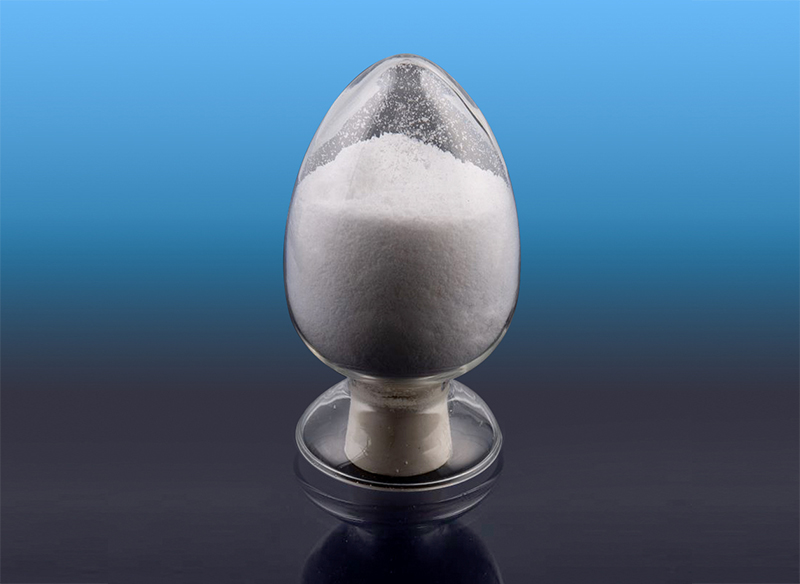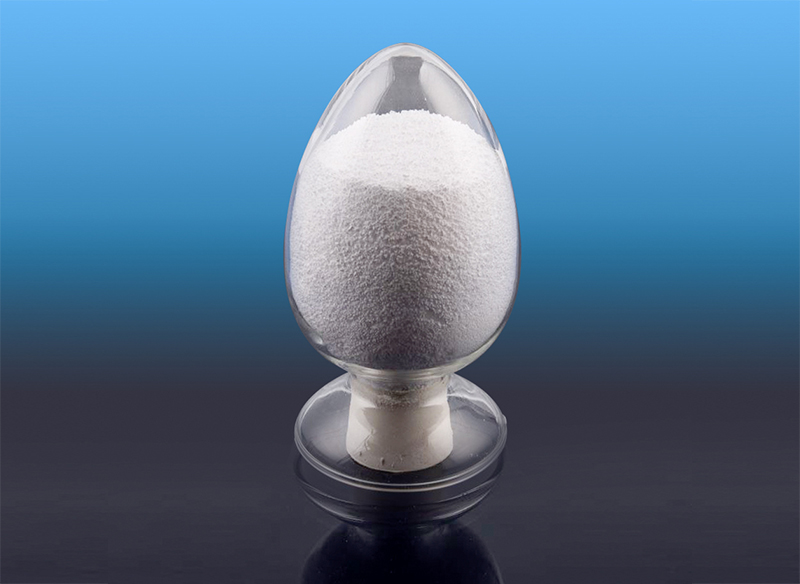A Comprehensive Guide to Choosing Between High Transparent TPE and Silicone Rubber
When selecting the right material for transparent applications—whether in medical devices, consumer goods, baby products, or industrial parts—High Transparent Thermoplastic Elastomer (TPE) and Silicone Rubber are two of the most common options. Both materials offer a clear or translucent appearance, excellent flexibility, and chemical resistance. However, they differ significantly in their mechanical behavior, manufacturing methods, and cost-efficiency. Understanding the respective characteristics of High Transparent TPE and Silicone Rubber is essential for making a well-informed decision tailored to your application’s needs.
Understanding High Transparent TPE
Thermoplastic Elastomers (TPEs) are a class of polymers that combine the elasticity of rubber with the processability of plastics. The high transparent grade of TPE enhances visual clarity, making it suitable for applications where aesthetics or visibility is important.
Key Features of High Transparent TPE:
Excellent clarity and gloss
Good flexibility and softness (shore hardness typically ranges from 0A to 90A)
Recyclability and reprocessability
Low-temperature flexibility
Non-toxic, odorless, and RoHS compliant
Compatible with over-molding onto PP or PE substrates
Low compression set compared to some rubbers
Common Applications:
Baby bottle nipples
Cosmetic packaging
Food-grade seals and containers
Grips for toothbrushes or kitchen tools
Protective sleeves for electronics
TPE’s main advantage lies in its ease of processing. It can be molded, extruded, and reused without the vulcanization process, saving time and cost during manufacturing. It’s especially favorable for high-volume production and applications that require environmental compliance.
Exploring Silicone Rubber
Silicone Rubber is a synthetic elastomer made from silicon, oxygen, carbon, and hydrogen. It is well-known for its durability and outstanding thermal stability, even at extreme temperatures.
Key Characteristics of Silicone Rubber:
Wide temperature range: Typically from -60°C to 230°C (some grades up to 300°C)
Exceptional UV, ozone, and weather resistance
Stable mechanical properties over time
Excellent chemical inertness
Biocompatibility for medical and healthcare uses
Available in transparent grades
High flexibility and elongation
Typical Applications:
Medical tubing and implants
Kitchenware like baking molds and spatulas
High-heat seals and gaskets
Wearable devices and sensors
Automotive engine components
Silicone rubber is ideal for applications where long-term durability, biocompatibility, or exposure to extreme conditions is a primary concern. Although it generally involves a more complex molding process (injection or compression molding with curing), its performance benefits justify the cost in many specialized fields.
TPE vs. Silicone Rubber: Side-by-Side Comparison
| Property | High Transparent TPE | Silicone Rubber |
|---|---|---|
| Transparency | High | High (varies by formulation) |
| Processing Method | Injection molding, extrusion | Injection/compression molding |
| Thermal Resistance | Up to ~120°C | Up to ~230°C or more |
| Recyclability | Yes | No |
| Cost | Generally lower | Generally higher |
| Softness Range | Wide (soft to firm) | Also wide, but generally softer |
| Chemical Resistance | Good | Excellent |
| Environmental Resistance | Moderate | Excellent (UV, ozone, aging) |
| Biocompatibility | Good | Excellent (medical-grade available) |
| Compression Set | Moderate | Very low |
Which One Should You Choose?
Choose High Transparent TPE if you need:
Cost-effective materials for mass production
Easy reprocessing and molding
Compatibility with thermoplastics like PP or PE
Aesthetic clarity and tactile softness for consumer products
Opt for Silicone Rubber if your project demands:
Long-term reliability in harsh environments
High-temperature resistance
Biocompatibility for medical or food-related use
Elastic performance that doesn't degrade over time

Both High Transparent TPE and Silicone Rubber serve unique purposes in modern manufacturing. The decision ultimately depends on your specific product requirements, processing capabilities, and performance expectations. By understanding the distinct characteristics and application advantages of each material, designers and engineers can select the optimal solution for transparent elastomer needs.
If your project demands clarity, durability, flexibility, and safety, these two materials are among the best options. Carefully evaluating their respective strengths can help ensure the end product performs reliably in real-world conditions.





